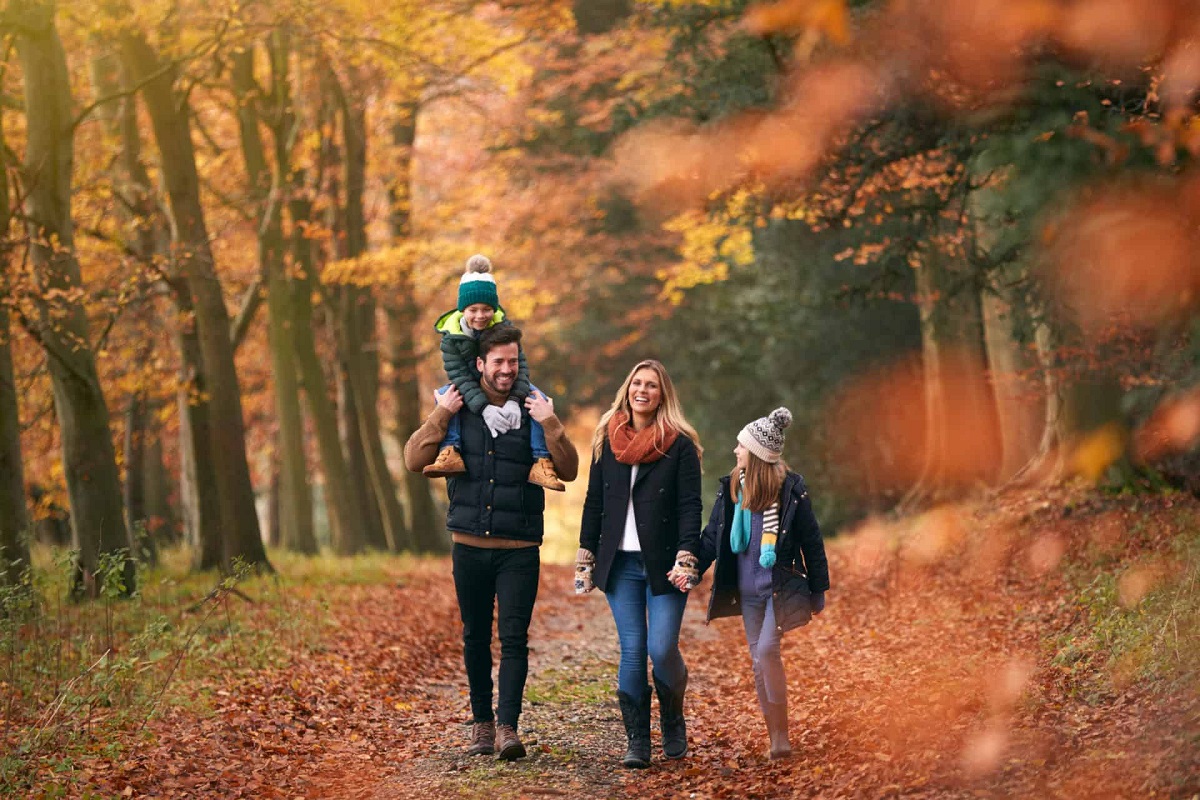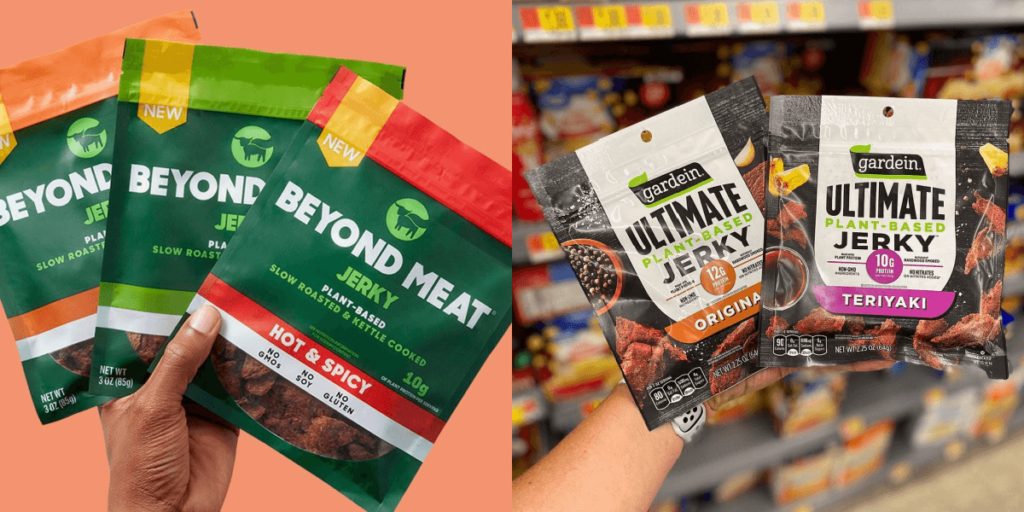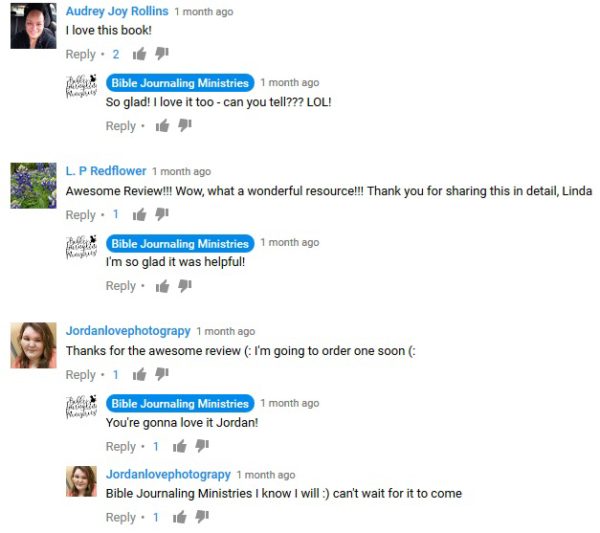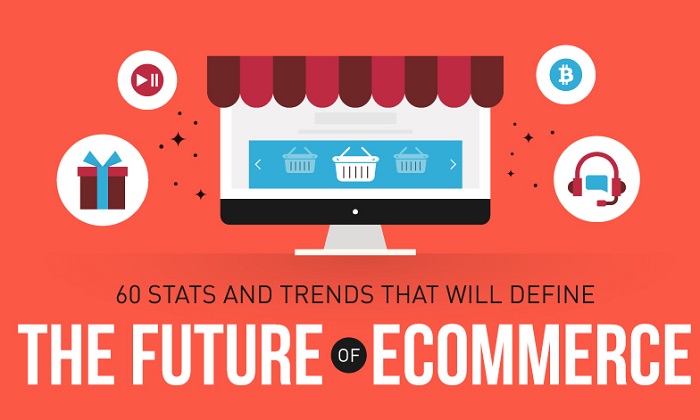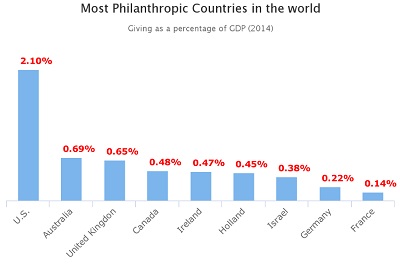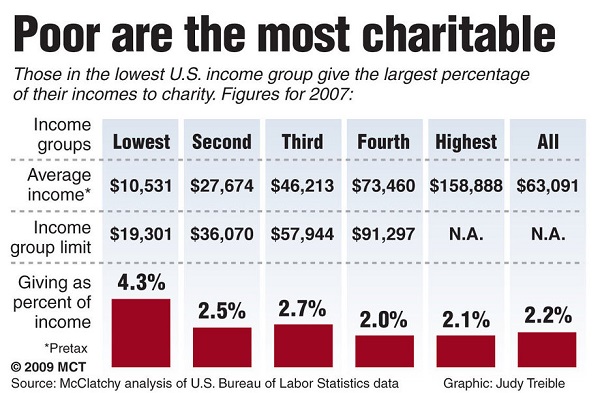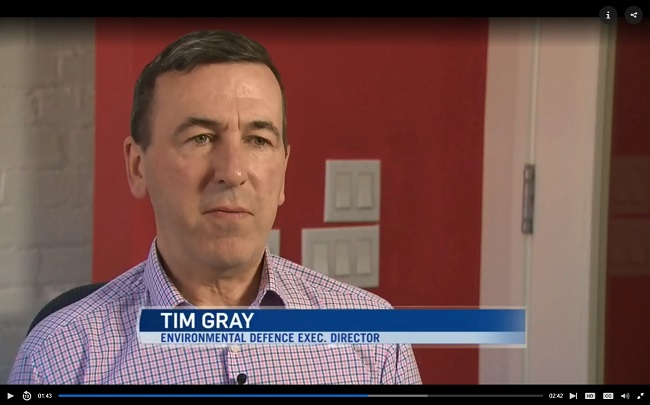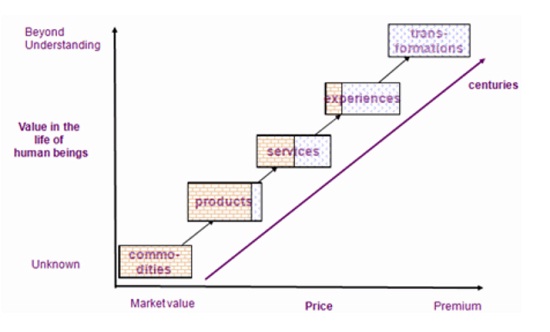The technological enhancement in our age makes our life a lot easier than we first thought. Especially in the field of real estate, technology brings us effective construction methods. Let’s think about implementing some of that new technology in our homes for a moment.
The roof in particular needs more attention than other parts of a house because it faces more rough weather contact and gets damaged slowly but surely. Saving your roof and increasing its life span is very important. Recent roofing trends may help reduce the hassle of replacing the roof with technological help. These trends are sustainable and ensure a long life span.
Roofing technology trends
Solar Roofs:
Solar roofs are trending because they are a cheap and effective roofing technology for homeowners. Solar is sustainable and works as an alternative power source. It gives support to your house along with a solar energy source. Solar roofs have been getting popular for the last few years. People are accepting this technology for many reasons. Solar roofs are becoming physically stronger due to ever improving solar tiles and shingles. It also saves lots of extra electricity expenses and offer unlimited power backup direct from the sun.
Green Roofs:
Green roofs are a kind of living pleasure. They will give you the feeling of living in a jungle with the latest technology. Green roofs shield directly the intense hit from the warm heat coming from the sun. They also absorb rainwater so that the roof can avoid flooding. Moreover, a green roof is eco-friendly and a suitable place for relaxing.
Green roofs have lots of benefits. This type of roofing technology ensures more durability than other roofing. It creates a natural feel for the eye and makes the roof a perfect hangout place. It also absorbs the heat of the building. So the whole building remains cool in the warm season.
Drone:
Drones are a surprisingly useful innovation of science and technology. These remotely controlled flying robots are handy devices that help us in many ways. In terms of real estate, drones help with the capability of Ariel observation. You can inspect your entire home along with the roof without having to climb up and down a ladder or having to physically move to every single spot. The drone will go do the inspections for you and you can observe the whole process by viewing your mobile phone screen.
In the roofing industry, drone technology becomes a must-have tool. It is now used widely for its benefits. Roofers use them often for any kind of roof-related assistance. The high-resolution cameras give a clear and detailed intro to any problems. As mentioned earlier, since the roofer doesn’t have to climb on the roof for further inspection it helps the whole project by cutting down work time and adding an extra level of safety.
Drone photos or videos also help the project manager and roof repair company build their project portfolio. Nowadays, every real estate company uses drones in every project because it helps the company to plan perfectly for repairing a damaged roof or installing a new one.
Mixed material roofs:
We always want to install long-lasting roofs. The reason behind this is installing a new roof or replacing shingles from time to time wastes lots of money. Why should someone spend time and money on a something that may only last 5 seasons, if they could install a more stable and longer lasting durable roof at a reasonable price?
Nowadays, new and innovative technology takes roofing ideas into far more advanced areas. Technological improvements have introduced us to sustainable roofing options never dreamed of a few decades ago. Options like cool roofs, green roofs, solar roofs, and so on.
We all know that metal roofs are popular for their durability.
Tech improvements have also added various style and color options so that modern roofs can better match the building structure. Because of the improvement in aesthetics, metal roofing technology is successfully gaining attention from homeowners: read more about eco-friendly metal roofs.
Recently an architectural trend called mixed material is getting popular. By mixing various materials together, roofs can be stronger than a single material. It is something like the proverb “unity makes us strong”. That’s why composite shingles and metal makes a strong and sustainable element that increases the lifespan of the roof.
Mobile Apps:
Using mobile phones every day is a habit for all of us. We can’t live a single day without using a mobile phone. Although there are several reasons behind this, a mobile phone can help our day become efficient through the use of apps.
Mobile apps take on an important role in the roofing business. Using mobile roofing applications, we can measure the whole building and roof remotely. We can create a complete report and send them directly to the workers.
It saves time and increases the project success rate. Roofing and building apps also help find out the estimated time for the project complication. Contractors have affirmed that all kinds of paper work and invoices are easy to handle with mobile roofing software.
Last word
We all know “Old is Gold”. But that proverb is not suitable for every sector of human life. Particularly, in the real estate business, implementing new technology in the roofing system will increase durability. That’s why new roofing technology trends are getting popular day by day.






